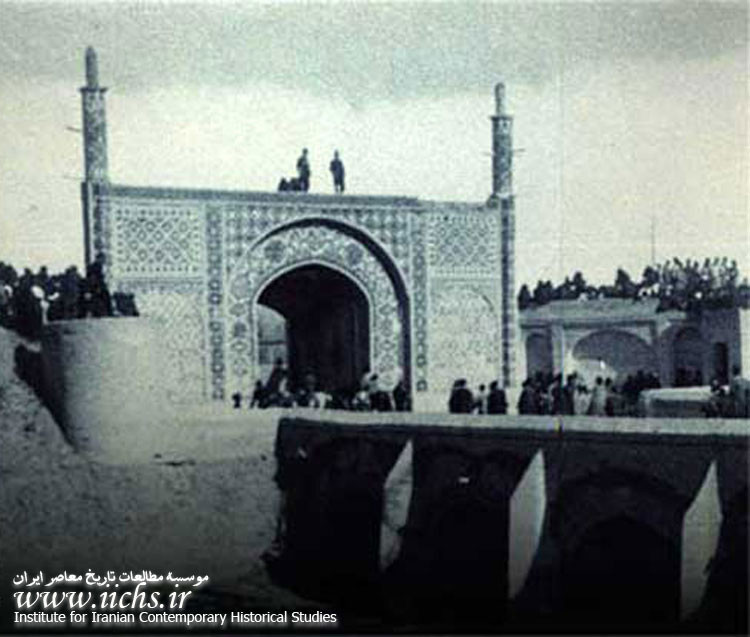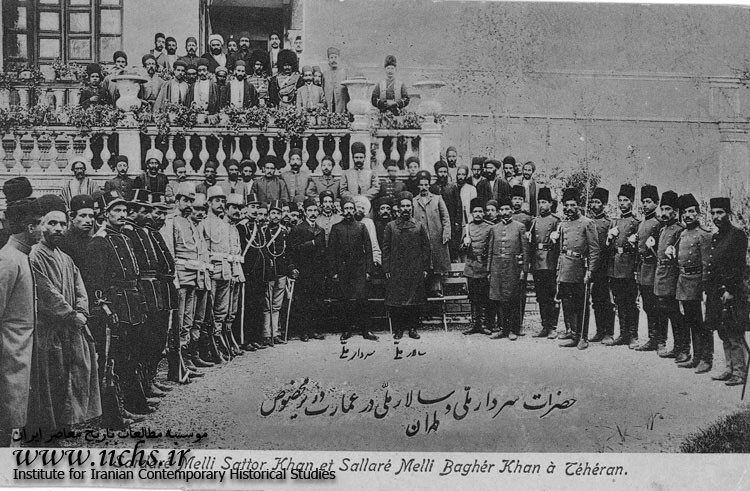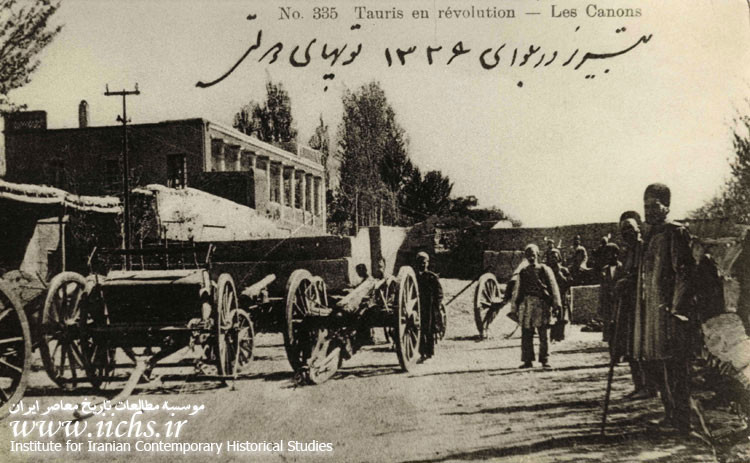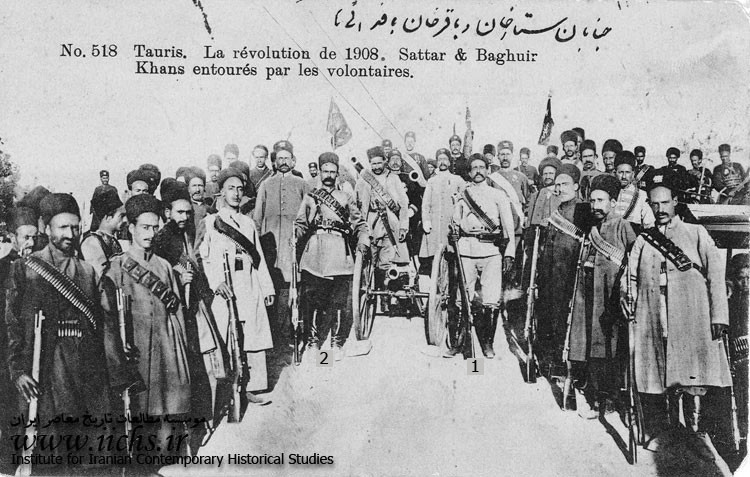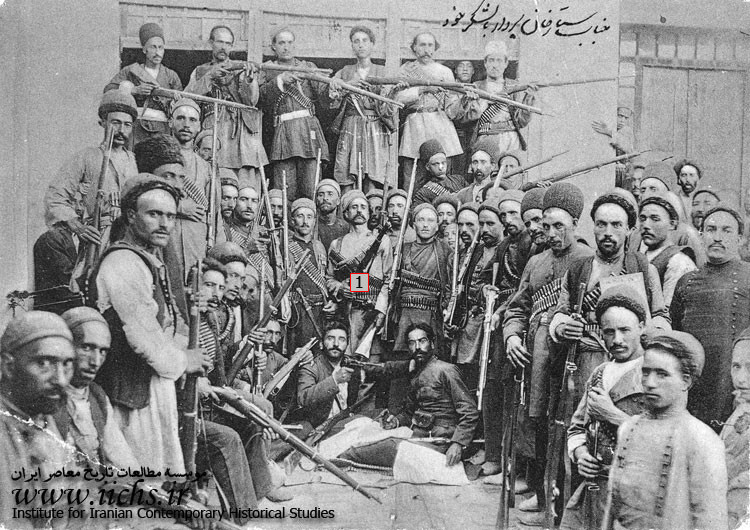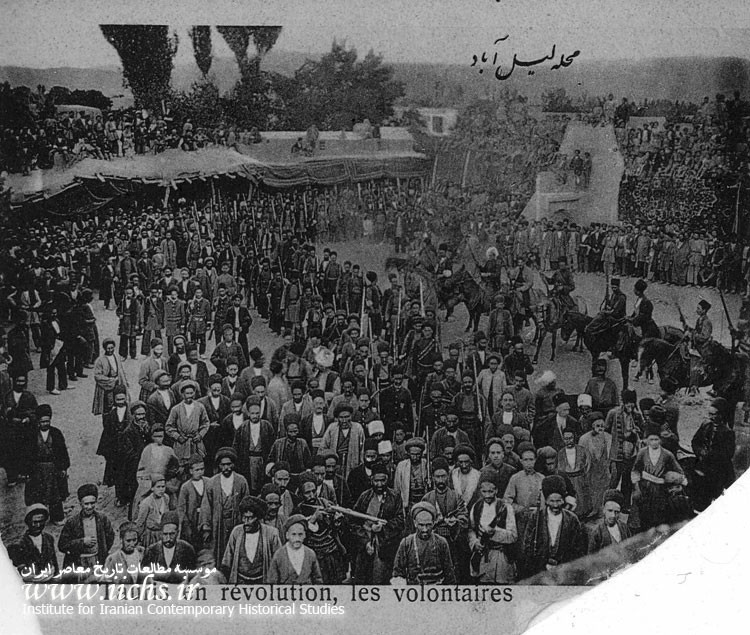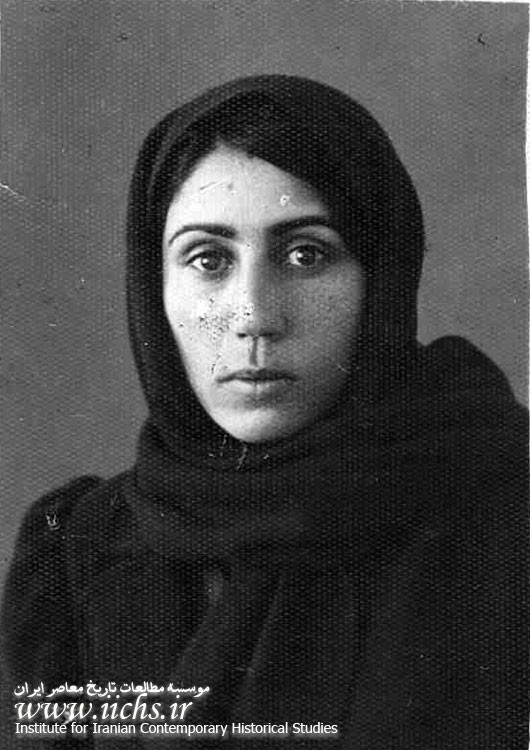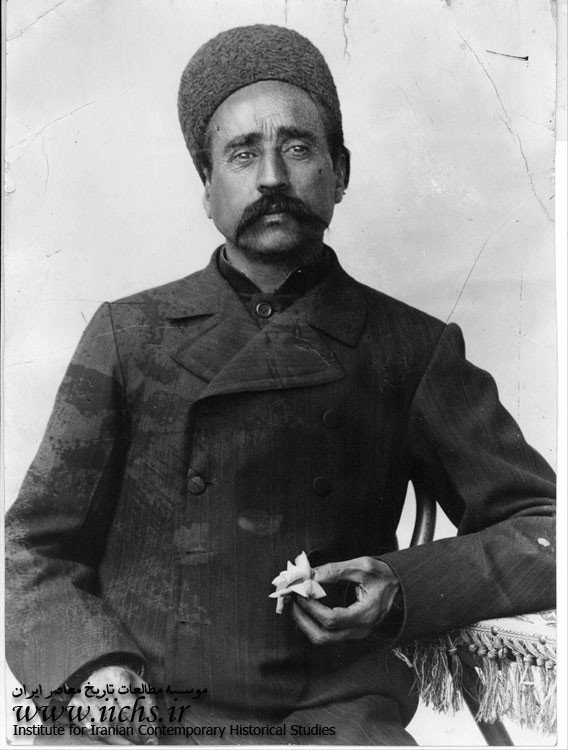Son of Haji Hassan Qarajeh daghi, Sattar Khan (1867-1913) was born in Qarajehdagh (Arasbaran) in 32 kilometers of Mahabad. There is not much information of his childhood and adolescence until the constitutional revolution. The scattered information reveals that he worked with his father in selling of cloths in the vicinity of Arasbaran. Following his brother's murder by the official forces, they migrated toTabriz and were settled in Amir khiz quarter.
After a while he joined the cavalry of Khorassan governor and went to the holy cities of Iraq. Then he returned to Tabriz and entered the gendarmerie of Tabriz. Then he received the title "khan" from Mozaffaraddin Shah. Following a series of events, he became a horse dealer.
In 1907, the provincial society of Azerbaijan entitled Sattar Khan and Bagher Khan as Sardar Melli and Salar Melli respectively.
With the outset of Constitutional revolution, the mojahedin and liberty loving figures of Azerbaijansupported the movement and resisted against the government sent 40 thousand forces commanded by AbdolMajid Mirza Ein-od-dowleh and prevented their occupation of the city. Tabriz was under siege for eleven months and the import of supplies was hindered by the forces and the people suffered the shortage of food. Eventually the routes were opened through the intermediation of the Russian and the British consuls.
The presence of the Russian forces in Tabriz created a difficult situation for Sattar Khan and Bagher Khan. They had to take refugee in the Turkish embassy. The Russian pressures on one hand and the invitation of Ayatollah Kazem Khorassani on the other hand led them to proceed to Tehran. In Tehran they were faced with the warm welcome of the people and national consultative assembly (majlis) members and the majlis ratified to pay them a subsidy of one thousand tomans per month, and they were settled in Atabak Park (the current location of the Russian embassy).
Following the assassination of Ayatollah Seyyed Abdollah Behbahani, the constitutional government embarked on the disarmament of the armed forces; Sattar Khan opposed to this and engaged in a clash with the forces where he was shot in his foot; thirty of his men were killed and three hundred were arrested.
He died four years later in November 1914, and was buried in the Abdolazim shrine.
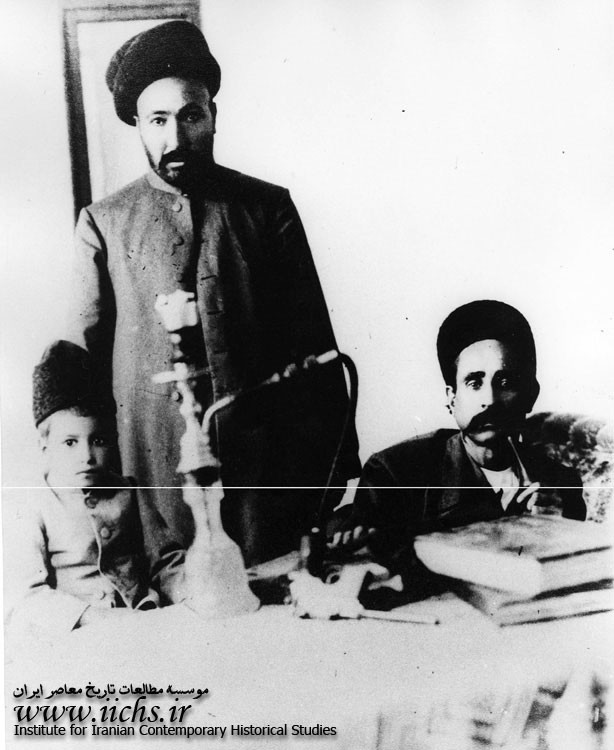
Sattar Khan
Sattar khan and his little son, Yadollah Sattari; when Pakhtianov, the Russian consul proposed to Sattar khan to raise the Russian flag on the portal of his house to keep himself safe, but he replied that:" I want many nations live under Iran's flag how can I live under a foreign flag."
7-4378
7-4378
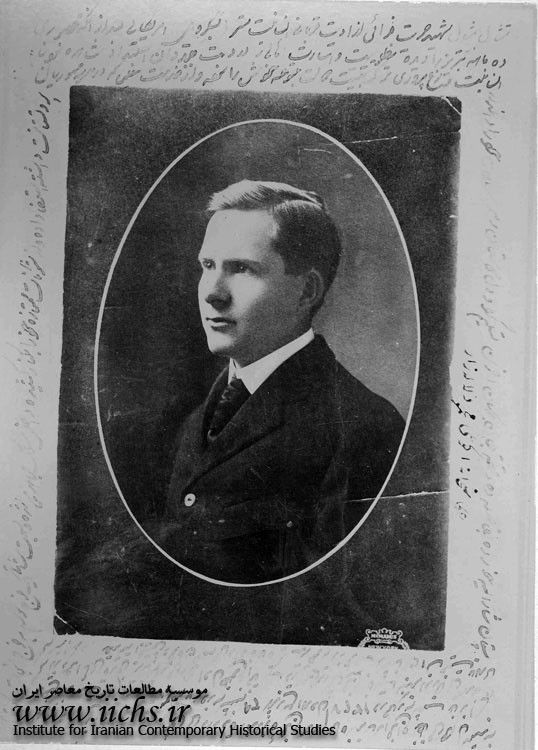
Sattar Khan
Baskerville (the American teacher of protestant republican school) who was killed during the constitutional revolution in Tabriz
AA 1-3478
AA 1-3478
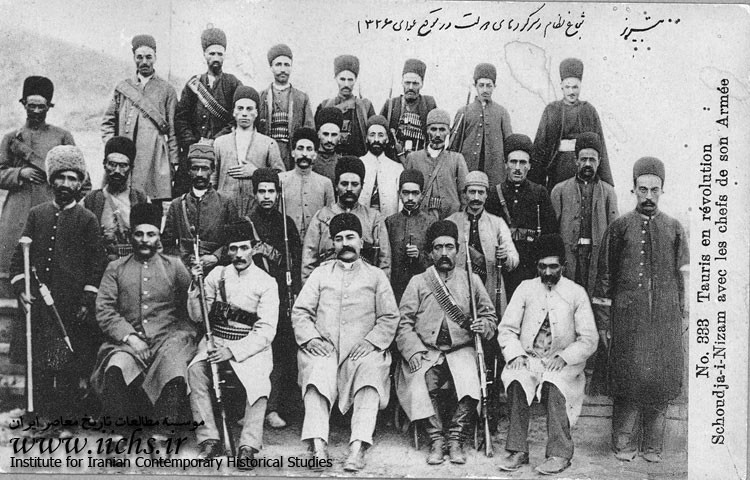
Sattar Khan
Shokrollah khan Nezam and some of Azerbaijani khans supporting Mohammad Ali Shah
AA 4-4844
AA 4-4844
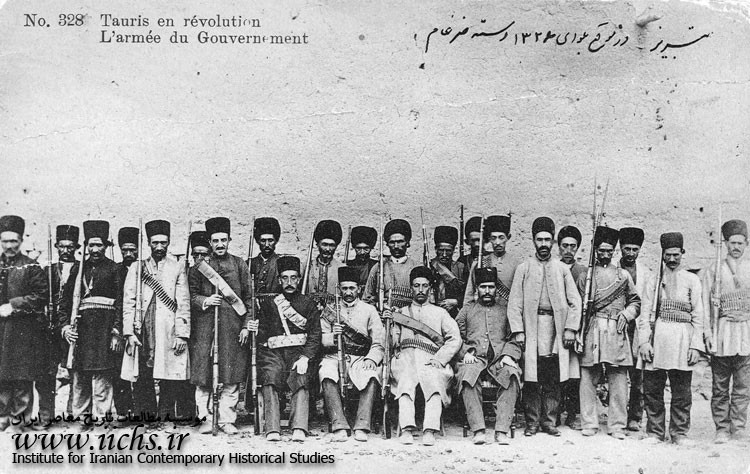
Sattar Khan
Zargham (an Azerbaijani khan) and his forced besieging Tabriz in constitutional period
AA 4-4842
AA 4-4842
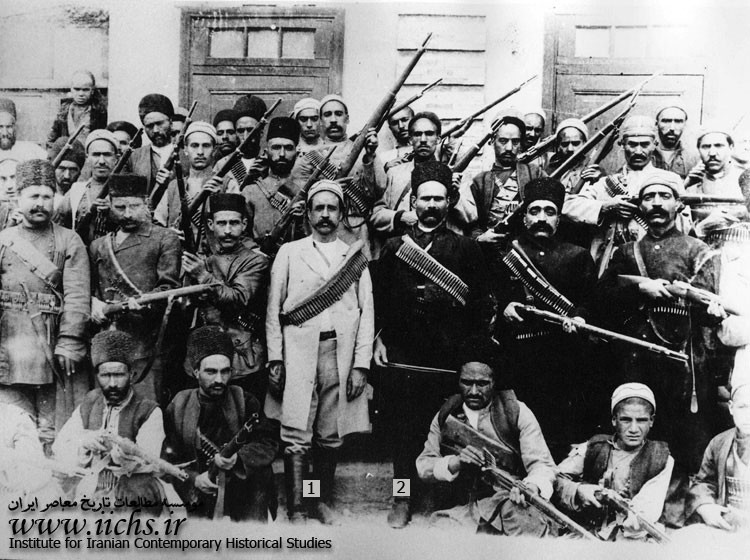
Sattar Khan
1. Sattar khan, 2. Bagher khan and some of the constitutionalist mojahedin of Tabriz
AA 7-4365
AA 7-4365
iichs.ir/vdcd.k0s2yt099me6y.html
